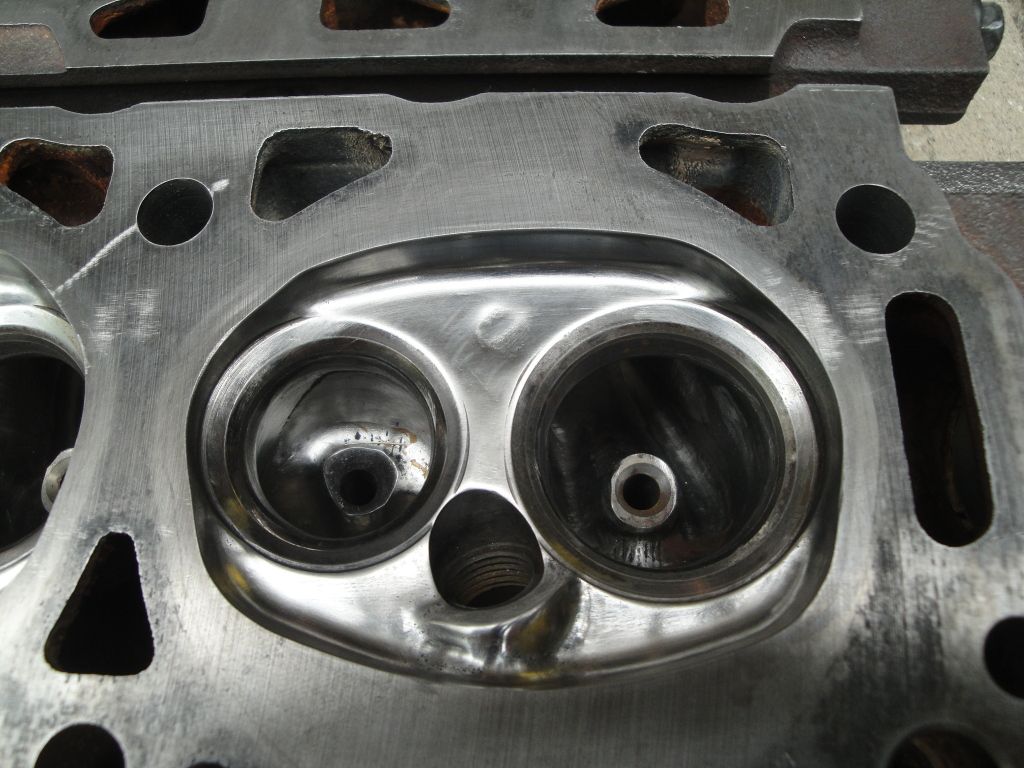- Joined
- Feb 22, 2011
- Messages
- 475
- Reaction score
- 19
- Points
- 18
- Location
- Mississippi
- Vehicle Year
- 1994
- Make / Model
- Mazda
- Engine Type
- 3.0 V6
- Engine Size
- 3.0
- Transmission
- Manual
- 2WD / 4WD
- 2WD
- Total Lift
- N/A
- Total Drop
- N/A
Been reading and want a final opinion. I am considering buying two used heads and upper and lower intake from a post 98 Ranger 3.0. I wanted to do a port and polish and rebuild the heads. The lower will be stock not looking to race just wanting to free up horse power.
My understanding of doing a mild port and polish (gasket match) your not really gaining tons of horse power if any you are just freeing up air flow. Am I correct?
My understanding of doing a mild port and polish (gasket match) your not really gaining tons of horse power if any you are just freeing up air flow. Am I correct?

















